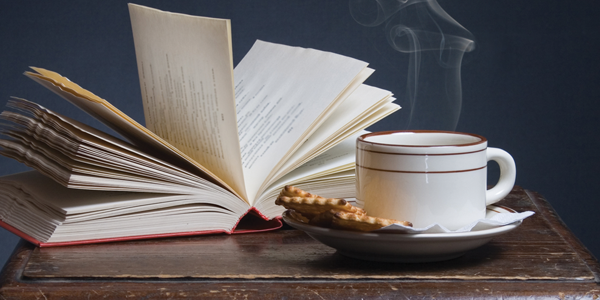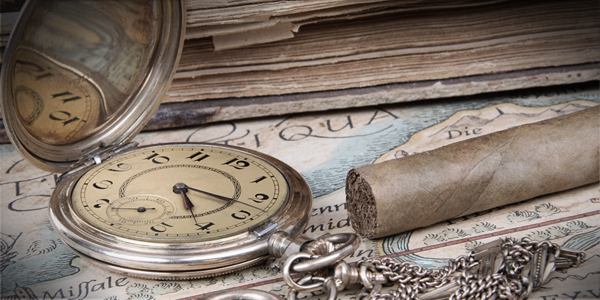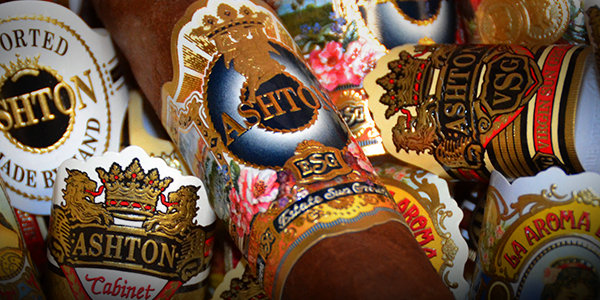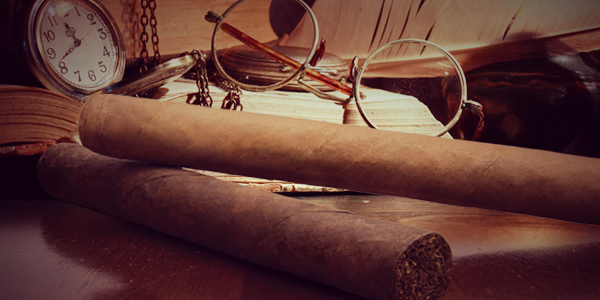History of Cigar Factory Lectors
Go to any cigar rolling room today and you’ll find rollers listening to music from any number of small personal devices. Or there will be a radio blasting everyone’s favorite music. But back in the day, beginning around 1865 in Cuba, cigar factories had a human being reading to the torcedores (rollers).
Feeding the Ears
When rollers make cigars, they are using mainly their eyes and hands. And muscle memory. There’s not a lot of chatting going on. It can get pretty tedious. So it was that in 1865 Saturnino Martinez, a great cigar aficionado, journalist, and poet came up with the idea of creating a journal for the working class that was used principally to enlighten those working in the cigar industry. Martinez thought it would be useful to read to the people as they worked. After all, their ears were unoccupied. The first organized readings took place at the El Figaro cigar factory in Havana. The journal was called La Aurora, or, in English, the dawn or daybreak. (Coincidentally, the Dominican La Aurora Cigar factory is thought to be the last non-Cuban operation to use lectores.)
The Lector (Reader)
The information read aloud to the rollers was done by a reader, a lector, who was supposed to follow strict guidelines. As Araceli Tinajero wrote in her book, The Cigar Factory Reader, there were workshops for the lectors that created a set of behavioral rules and schedules. Silence among the rollers and good manners were also included.
“Readers and artisans (rollers) had to wash their hands in the morning,” Tinajero wrote, “make the sign of the cross, offer their work to God and then started working." Today, the tradition lives on in Cuban cigar factories.
The Reading List
Yoandra Rodriguez began reading in the Partagás factory when she was 20 years old. “My passion is reading,” she told Cigar Aficionado, “I begin at 9 a.m. and I read newspapers until 10:30 or 11. Afterwards, we listen to a play on the radio for an hour. The rest of the day, I read novels.”
Early on, the reading material had to be approved by the factory lest seditious material got in. Remember, Cuba was unhappily under the rule of Spain. After a quick start, lectors were actually banned for several years and did not safely resume until after the Spanish-American War in 1898.
Later, the books were usually selected by the cigar workers themselves. The choice of books is varied and can include a political treatise, poetry from Edgar Allan Poe, or works by Gabriel García Marquez. The more popular books, however, are thrillers and detective stories. The more action, the better. Occasionally, if the author is local, he or she will visit and do the reading from their own work.
Readers also consider themselves interpreters of the works they present. Jesús Pereira also read at Partagás and considered himself a performer.
"My pleasure is reading and reading out loud,” Periera explained. “Sometimes, I believe I am an actor. I act out the voices of all the characters. For example, when reading [some works] I play 15 different characters with different voices: men, women and children."
The rollers never look at the faces of the lectores, always concentrating on the cigar. The readers say the praise comes from the silence of their audiences. Technically, no one was allowed to interrupt the reading. The rollers, though, were the ones who paid the lector. Each roller contributed and could be suspended if they didn’t pay. So, a lector had to perform, or too many rollers would balk at paying for them. Many lectors lost their jobs because they did not please their audiences.
The Reviews
Often, when the readers finish their presentations, the audience continues the experience by discussing what was read. This has sometimes led to passionate discussions among the rollers and, at least once, a violent resolution.
At the end of the Spanish-American War, two Cuban rollers fled the volatility of the island and resettled in Tampa, Florida. There, they resumed their careers in the cigar business. In 1903, however, the two became enemies as they disagreed over a work that was to be read during a rolling session. Jesús Fernandez, one of the rollers, thought the book contained obscene passages that would offend the women rollers in the room. Enrique Velázquez, the other roller, objected to Fernandez’s objection. To settle the matter? Pistols at dawn! Both men were hit and Velazquez died five days after being shot. (To be clear, I’m not sure there was a formal duel, but both men did pull firearms and shoot each other.)
The Lector Today
With the onset of radio in the 1920s, the job of the lector was challenged. The tradition remained so popular, however, that the readings were continued. A lector would start off the morning and the radios would be turned on later in the day. You can still see the practice in most Cuban factories today, though there are many fewer than in the early 20th century. Among the more popular works still is The Count of Monte Cristo, by Alexandre Dumas. After all, it’s the book that gave the name to what is arguably Cuba’s best cigar, the Montecristo Number 2.






